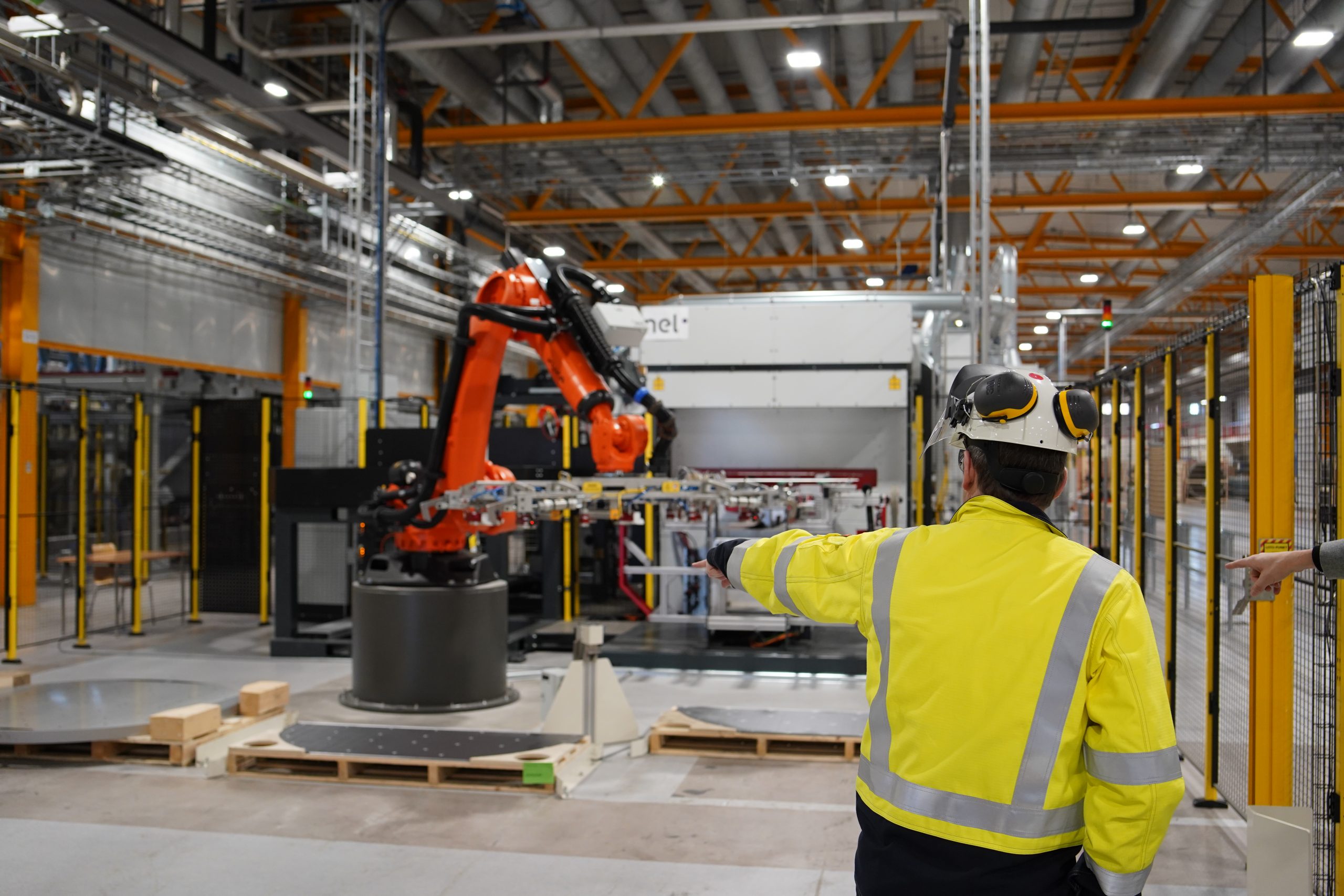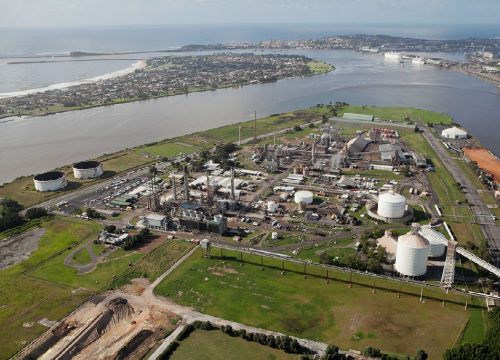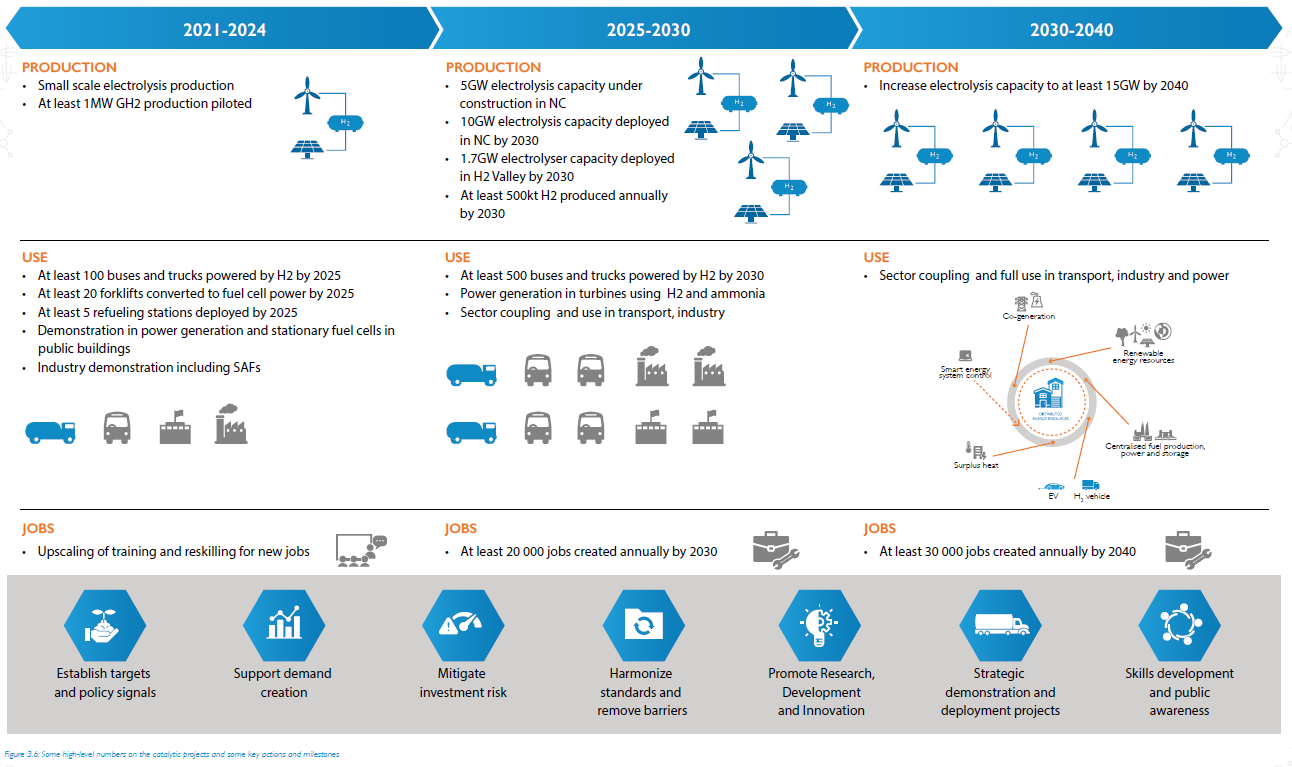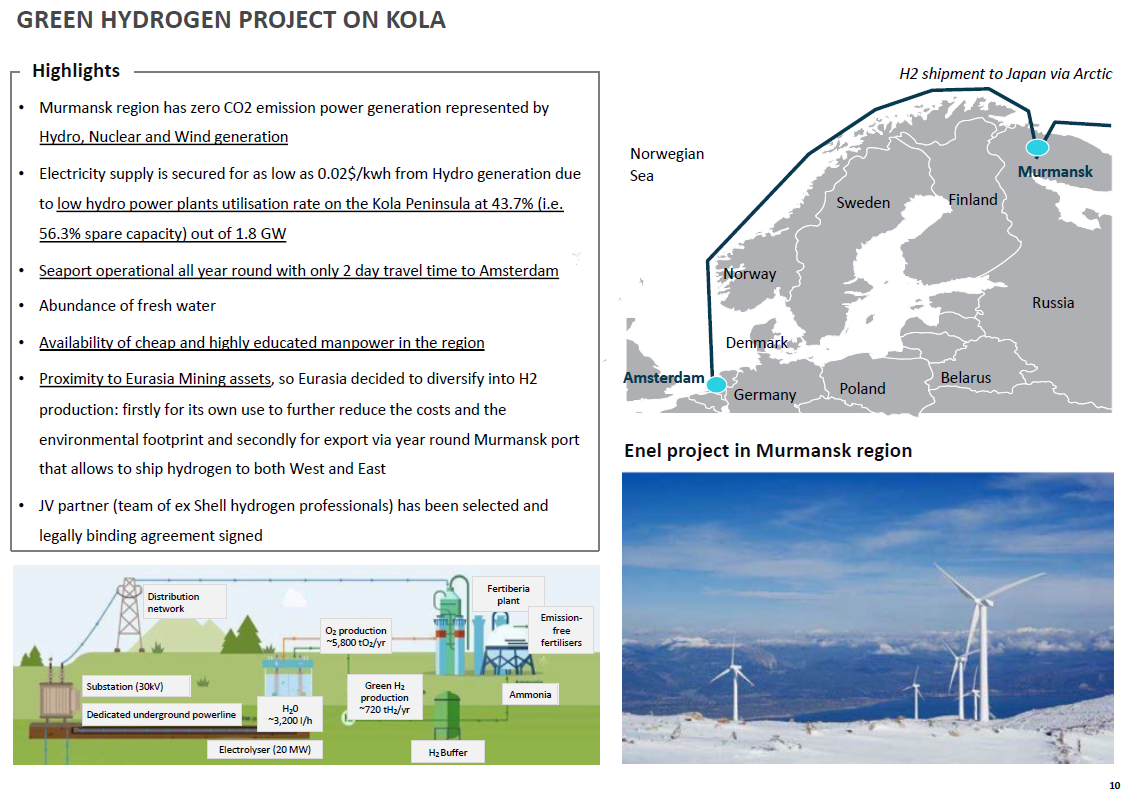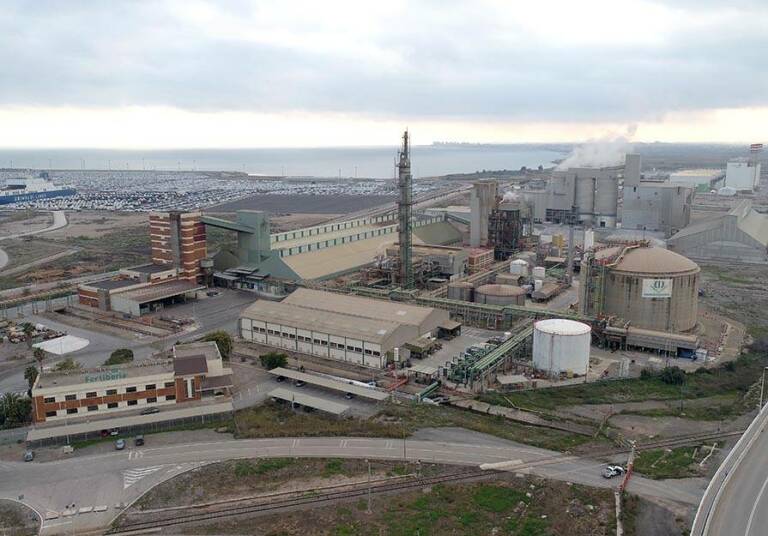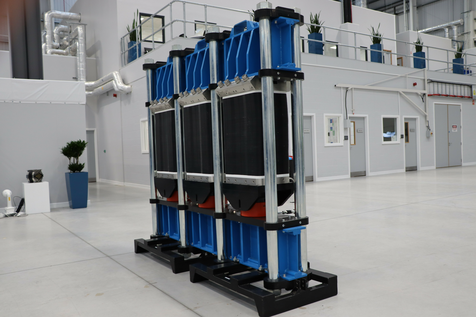Electrolyser scale-up news: May 2022
This week we explore announcements about novel electrolyser technologies (Advanced Ionics), funding announcements from Europe (ITM Power, Battolyser and Sunfire), and some gigawatt-scale expansions in manufacturing capacities (Hydrogen Optimized, Nel, Cummins and Sinopec).
